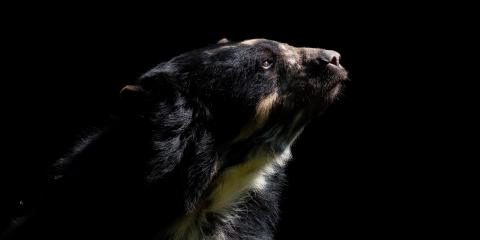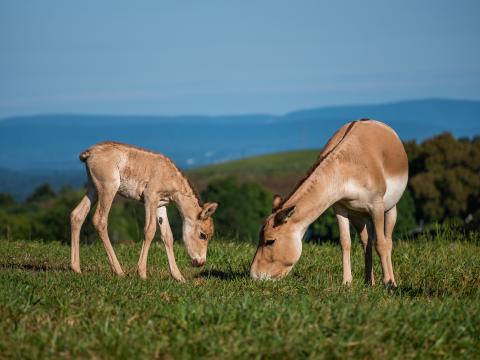News
Displaying 726 - 750 of 2302
October 09, 2019
Two Young Aldabra Tortoises Move to the Smithsonian’s National Zoo

October 04, 2019
Getting to Know the Persian Onager Foals

October 04, 2019
Featured Creature: Japanese Giant Salamander

October 04, 2019
Andean Bear Update: Keeping Up with Quito and Billie Jean

October 04, 2019
Testing the Waters: Coral Nurseries and Climate Change

October 04, 2019
Connecting with Coyotes on the Prowl
October 03, 2019
Lesser Kudu Dies at Smithsonian’s National Zoo

September 25, 2019
Fall 2019 Community Newsletter

September 24, 2019
Getting Over the Hump: Camel Care in Kenya
September 23, 2019
Bennett’s Wallaby Euthanized at the Smithsonian’s National Zoo

September 20, 2019
Fall 2019 Donor Newsletter

September 20, 2019
#GorillaStory: World Gorilla Day

September 18, 2019
Our Partners in Onager Conservation

September 16, 2019
Dama Gazelle Dies at Smithsonian’s National Zoo

September 12, 2019
Zoo Neighborhood Council Meeting: Sept. 4, 2019

September 12, 2019
#OrangutanStory: Happy 3rd Birthday, Redd!
September 11, 2019
Giant Panda Mei Xiang Is Not Pregnant
September 10, 2019
First Ever Clouded Leopard Cubs Debut at the Smithsonian's National Zoo
September 09, 2019
Clouded Leopard Cub Media Preview

September 06, 2019
Not All Birds Fly South for the Winter

September 06, 2019



